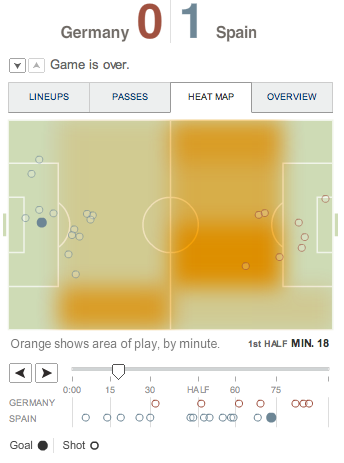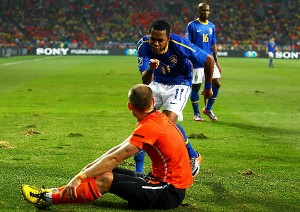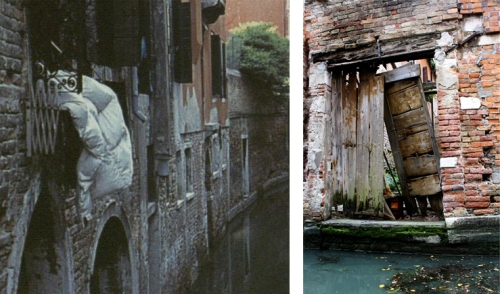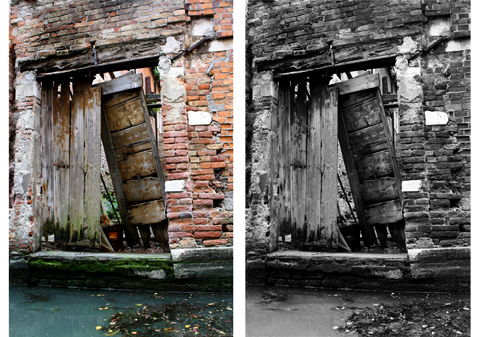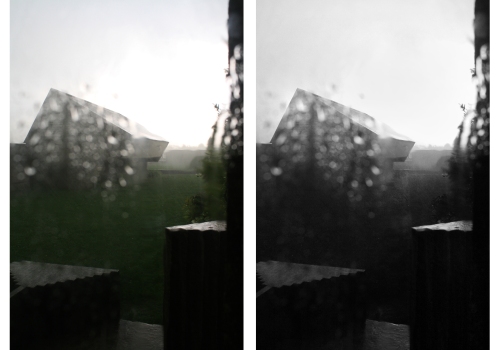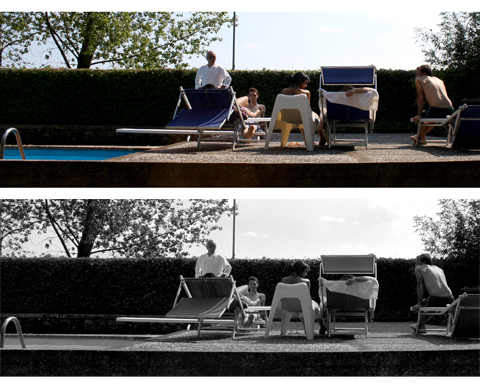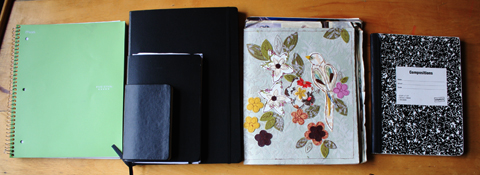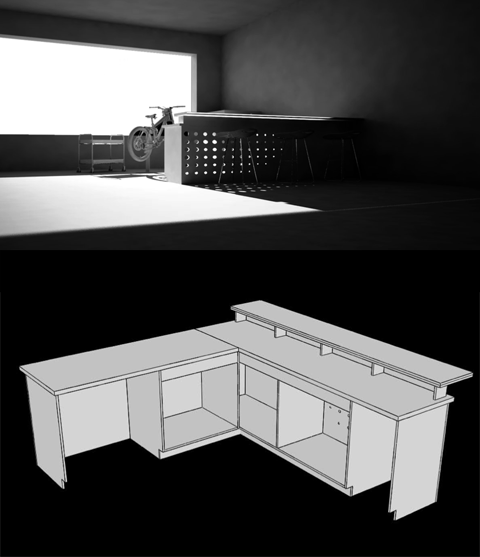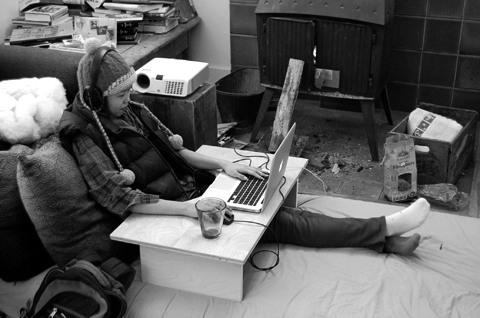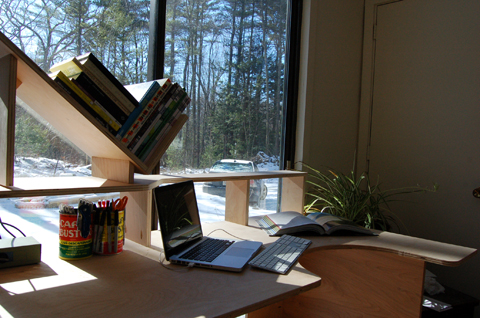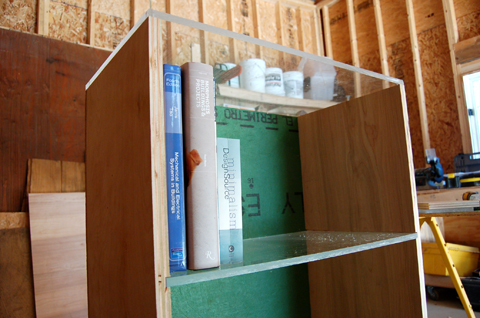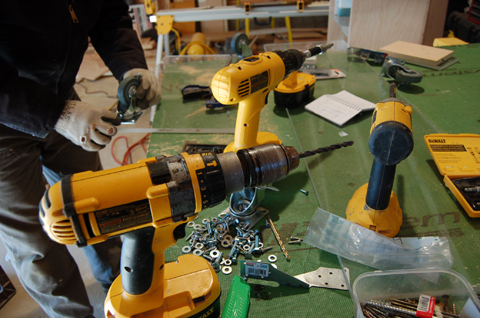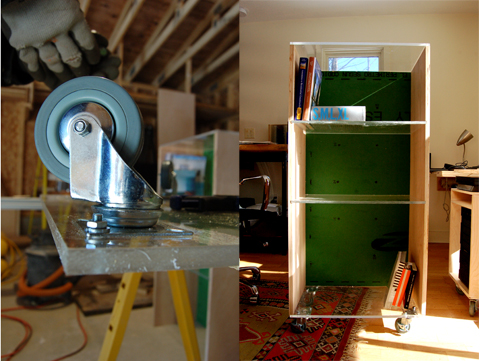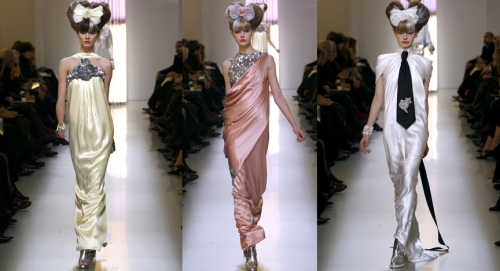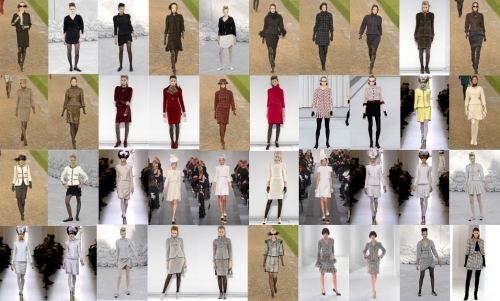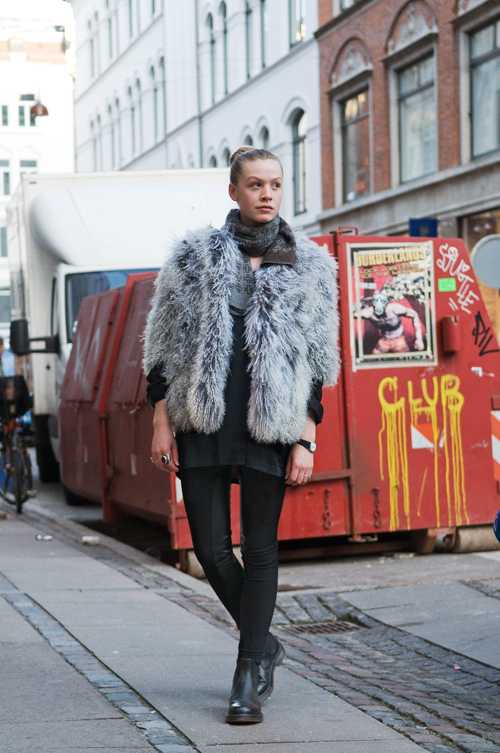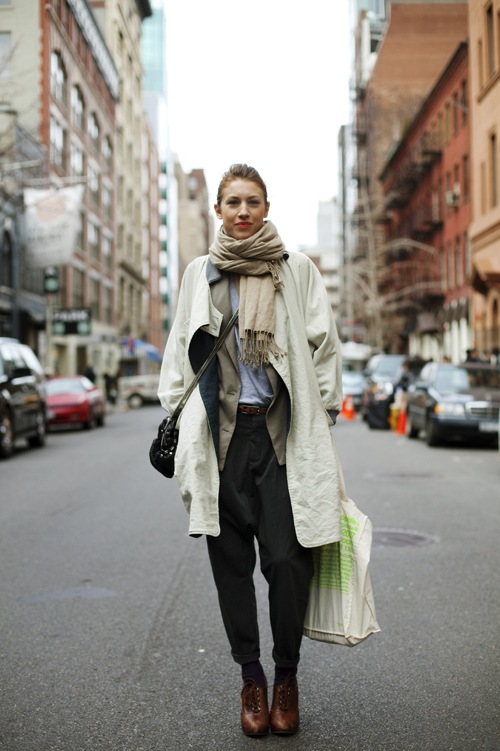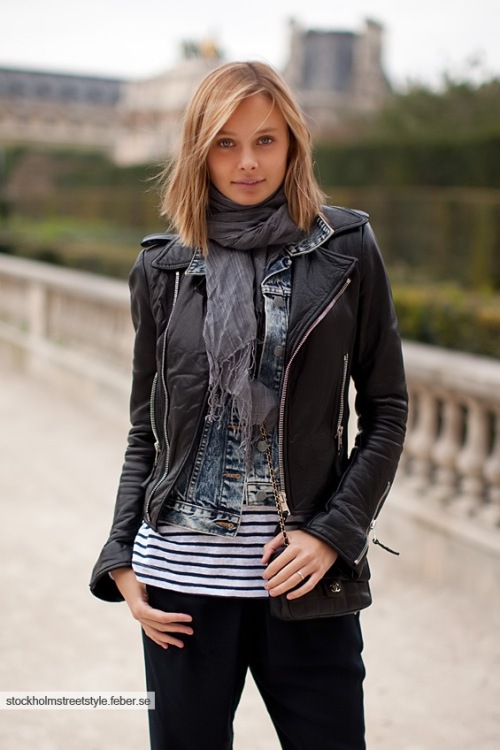How Spain beat Germany
For most of history, soccer has been fueled by passion and ambiguous calls rather than the statistics and absolute precision common in other sports.
Numbers alone don’t mean much in soccer from game to game. The number of goals, assists, foul, saves matter more in the span of a season or an entire career. However, analysis is not completely irrelevant or uninteresting. It just needs a graphic element as the NYTimes knows oh so well. They love infographics as much as words there.
The NYTimes live blog of World Cup matches includes four minute-by-minute graphics. Below are clips from the 17th minute of the Spain-Germany match.
The Line-Up

Based on amount of times a player touches the ball. Nearly the entire Spanish team touches the ball while only 5 Germans make contact.
The Passes
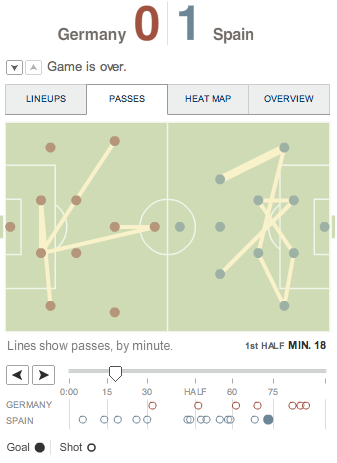
Lines connecting players by their passes. Look at the density of Spain's passes compared to Germany's.
The Heat Map
General Stats
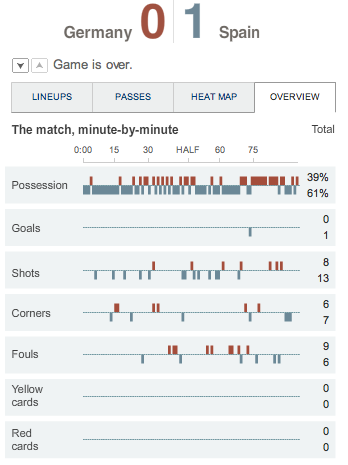
What numbers alone cannot describe is the rhythm of the game revealed over time. (Rhythm is so crucial in soccer which is way video replays cannot be implemented the way it is in football which is not to say not at all, but it is a slippery slope....)
See the Spain’s dominant possession, but the game breaks a little before the half. Then see how Spain allows Germany to take the ball after they score the goal. Also, this match was probably the least controversial in the entire World Cup. No yellow cards and the first foul isn’t called until the 30th minute.
Statistics and more statistics makes statistics seem important.
This is even better: The possession of all the games in the World Cup broken down. And at the bottom, breakdown of Americas versus Europe and the Dutch versus the Spanish.
Cristiano Ronaldo is the most popular soccer player in the world
Given our world in the age of social networking, opinion sharing, data mining, this interactive graphic is the best one of the entire tournament.

The NYTimes tallies day-by-day all the names of soccer players mentioned in updates, statuses, notes, comments on Facebook. The image of the soccer player is then sized accordingly. Scroll through the days and watch them change (see link above)!
Cristiano Ronaldo’s looming figure throughout the tournament seems to confirm his place as the most popular soccer player in the world or just the one that teenage girls find most attractive?
